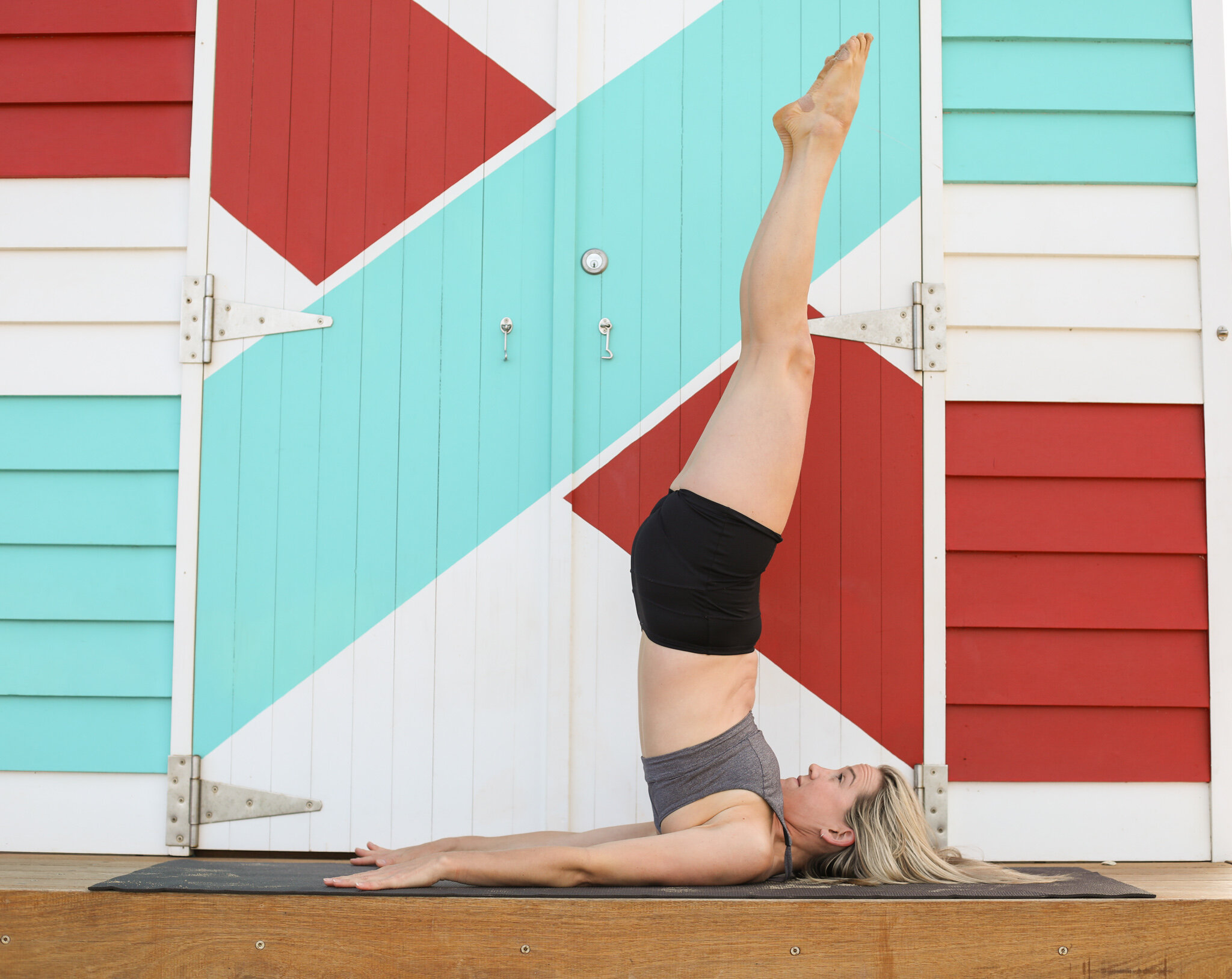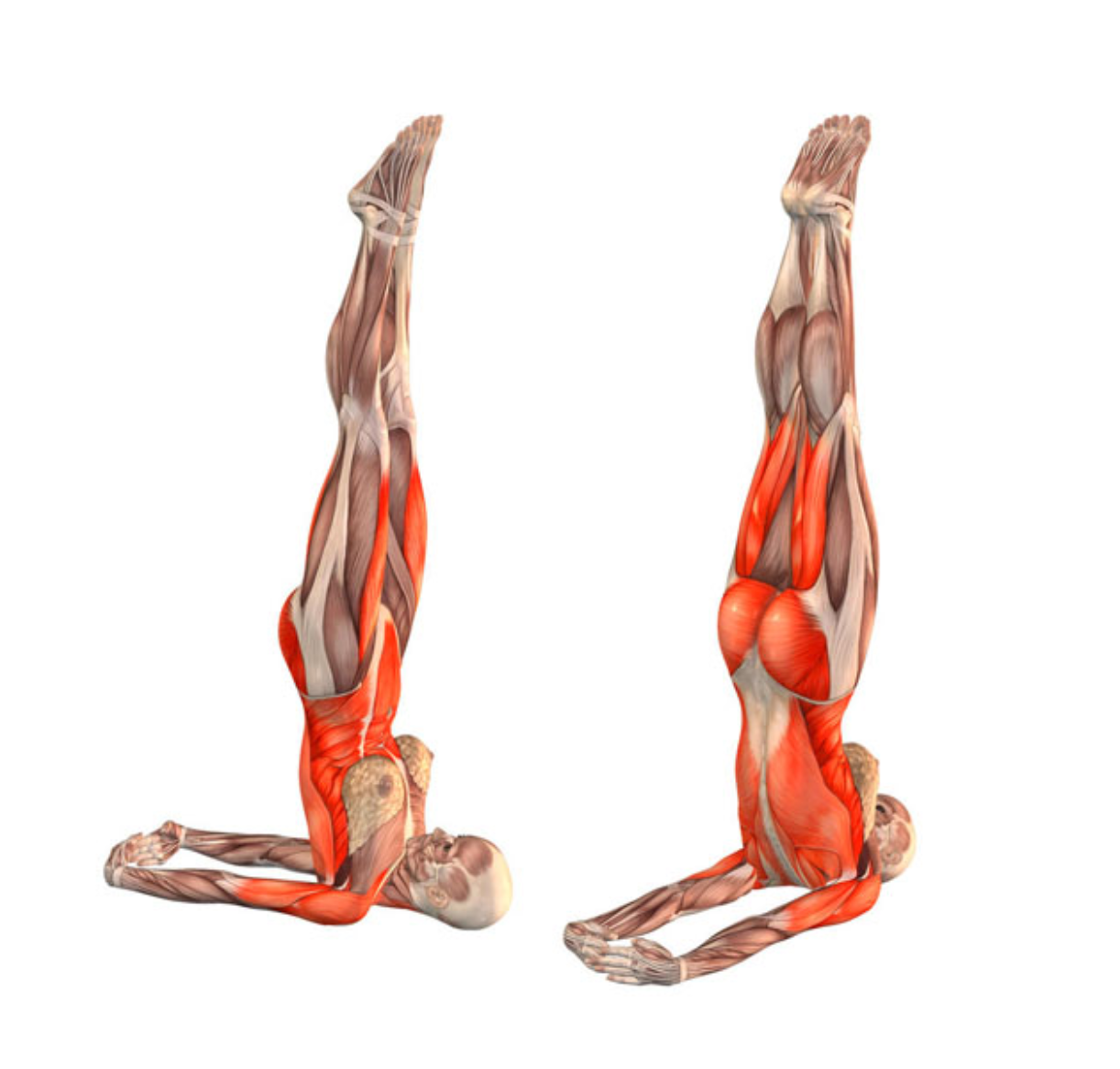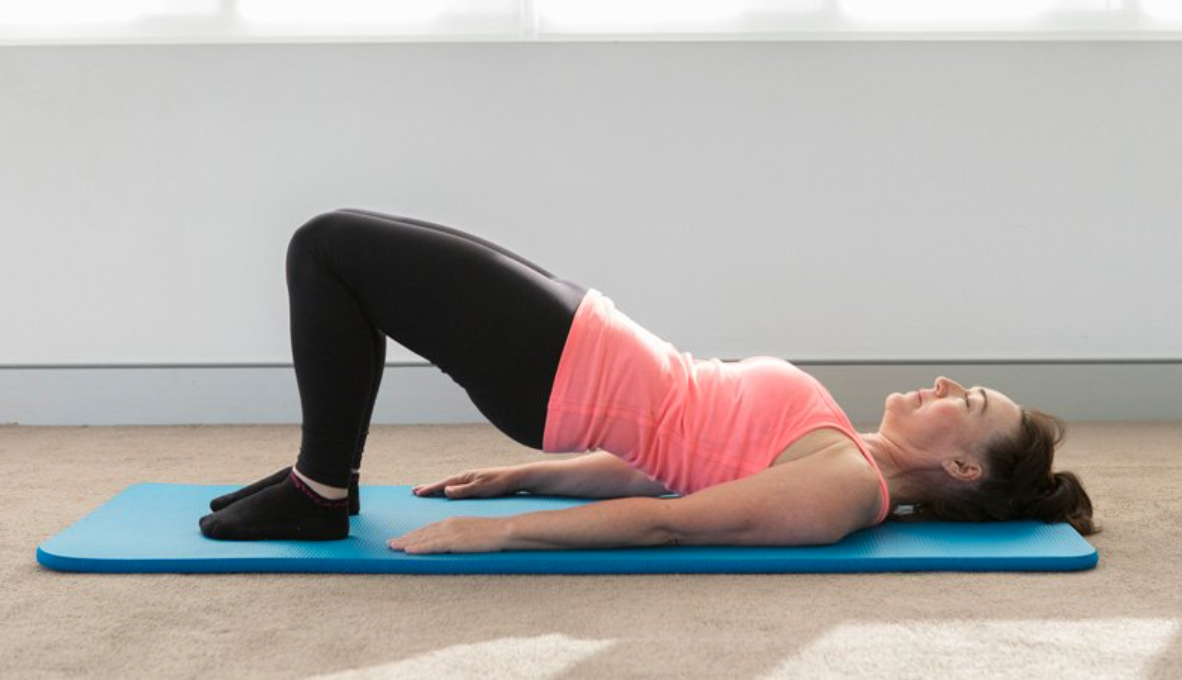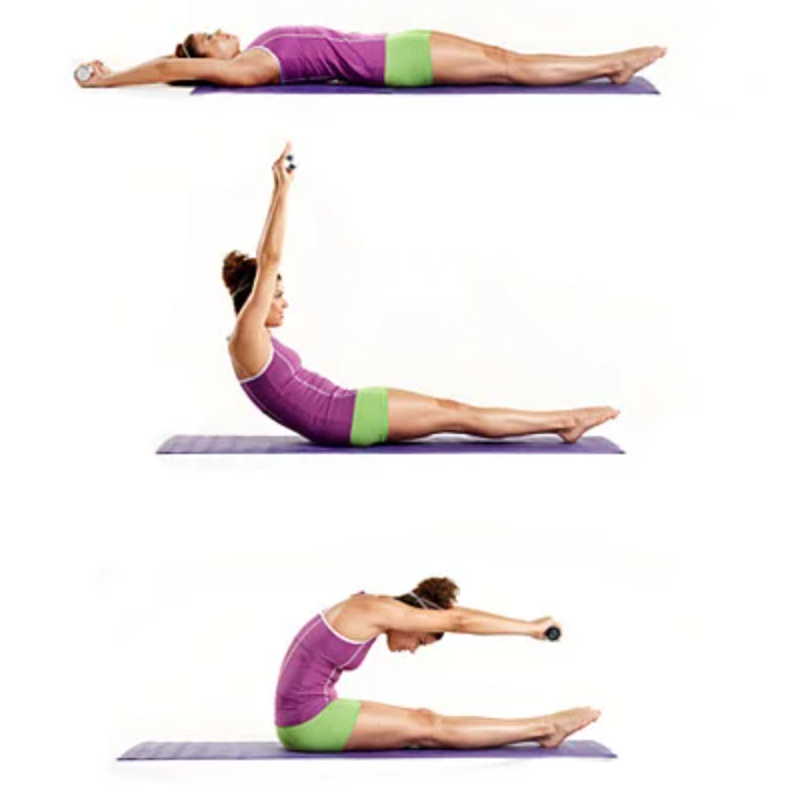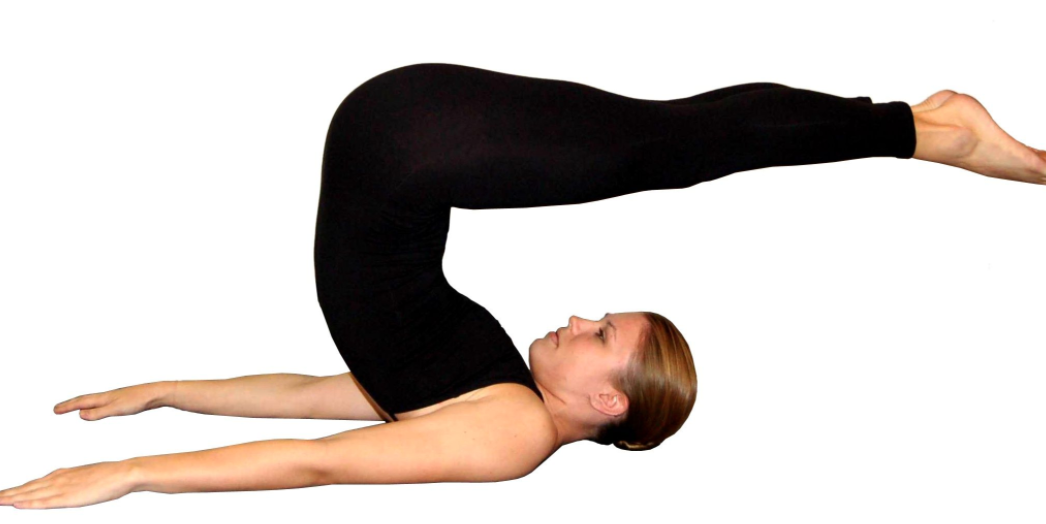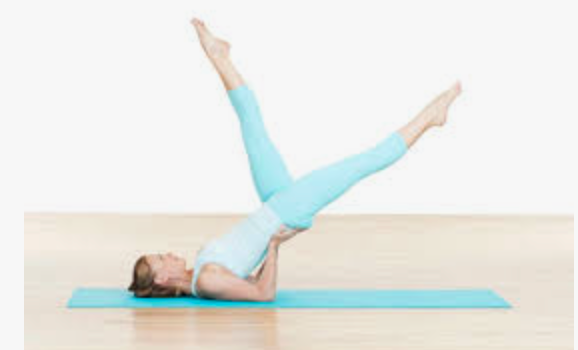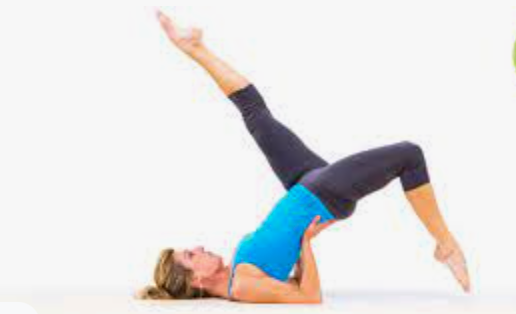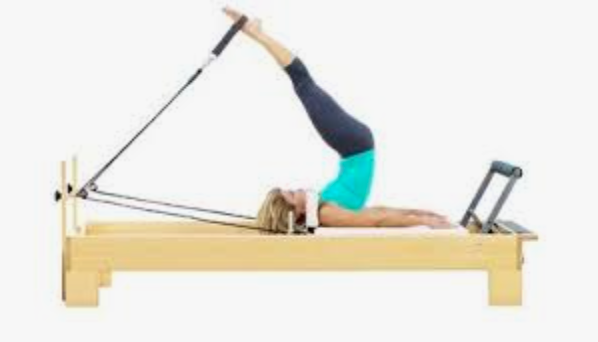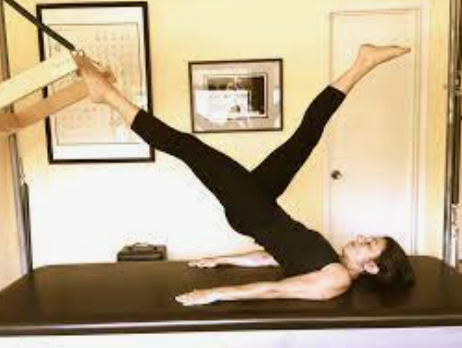You’ve probably seen the fancy pictures (pretty sure I’ve posted them too): some Pilates teacher standing on their upper back, looking like an upside down pencil, and you’re thinking- how? How the hell do you do that! And why? Why the hell do you even do that!
Well, like most things in Pilates, it’s all about that Powerhouse baby!
What is the Powerhouse? Your Powerhouse surrounds the spine, and is the ‘house’ or the area where all the power should be drawn from.
You can think of it a bit like a cylinder around your trunk/middle, 360 degrees, front to back, side to side, top to bottom. Each part or muscle plays a role in supporting the spine. When you can access and use each component equally and effectively (I have a whole other blog on the muscles that make up the powerhouse and how and what it means to use them equally and effectively), this then creates and improves stability, which allows you to generate power to build strength and improve mobility without pain or injury.
We have another term in Pilates, it’s your ‘Pilates box’. Think of your Pilates box as referring to the torso. In this case, the bony landmarks of the hips and shoulders. Keeping these level, as opposed to having one hip or shoulder sitting higher than its counterpart, leads to better alignment. The box also guides our range of motion, keeping us within a safe range and preventing over-stretching of the joints.
If you look like this guy, you are not working your Pilates box!
When we can work from your centre (Pilates Powerhouse) with alignment (Pilates box), you will be doing wonders for building strength and mobility and improving your posture.
So why a shoulder stand to work these muscles? Take a look at this image. The muscles in red are the ones you’re working in a shoulder stand.
You’ll see how so many of the muscles from your Pilates Powerhouse are engaged to keep you upright. Now notice the work of the arms into the upper back and neck. This position engages our postural muscles, the muscles that help us stand up straight and tall, aka, help align our Pilates box. It also mobilises the upper spine and neck, helping to reverse all the computer slouching, sitting too long at our desks, and phone scrolling on the comfy couch that we do.
So is shoulder standing the only way to do this though?
Absolutely not.
It’s one way.
It’s an advanced way.
It comes with its risks, and I wouldn’t be suggesting it to beginners, or people with neck issues or severely tight shoulders- you need an incredible amount of shoulder extension to be safe in this, and here’s a way to test if this might be for you.
1. Interlace your hands behind your back. Lift your arms.
2. Do your arms end up being parallel to the floor when you lift up?
3. If you can get your arms parallel to the floor in full extension, do you distort your torso and neck? Eg, no ‘emu’ necks!
4. Can you then also lower your neck fully to your chest with arms fully straight and reaching back parallel to the ground? (see image below)
5. If not, then don’t try the full shoulder stand. It will not be comfortable and could potentially do more harm than good.
As teachers, we are always, always taught to teach the body in front of you.
A comprehensive Pilates instructor will know the best ways to build you to a shoulder stand, including but not limited to some of these exercises as a starting point:
Pelvic curls, roll up to roll overs, shoulder bridge, high scissors, high bicycle, short spine on the reformer, shoulder roll down on the caddy/tower.
So yes, shoulder standing improves core powerhouse strength, but there are other benefits of standing on your shoulders:
1. It improves circulation in the body:
Using gravity to provide the brain with more oxygen and blood, this improves mental function, including memory, concentration and processing abilities.
2. Prevents illness and increases immunity:
The lymphatic system is key to keeping the body healthy. As lymph moves through the body it picks up toxins and bacteria to be eliminated by the lymph nodes. Because lymph moves as a result of muscle contractions and gravity, getting upside-down allows lymph to more easily travel into the respiratory system, where many of the toxins enter the body (Gaiam).
3. Increases feelings of calm:
Shoulder standing works to relax the nervous system, thereby activating the parasympathetic nervous system and producing feelings of balance and calm. It might not feel relaxing while you’re learning it, but once you do, enjoy those zen benefits.
4. Improves balance:
Being upside down with that much core strength switched on and not much support from the ground, your body is forced to reorient itself in space, those balance skills will get a chance to shine.
5. Builds confidence (but keeps you humble):
While that first taste of a shoulder stand might be scary as hell, once we “get it,” things like that upcoming speech to the Board don’t seem as daunting. ‘I can shoulder stand, so I can do anything’!
It’s the many attempts in the process to “getting it” that reminds us of all there is to learn, and there is always more to learn in life, it really is about the journey and not the destination.
6. It’s fun! And it gives a new perspective on life:
Getting up on your shoulders, brings our inner child out to play. Although there is skill and strength involved, it’s a playful opportunity to do something childlike, and if all else fails, we can smile at the thought of getting our legs up over our head! It reminds us that when we look at things from a different perspective (an upside down perspective ;-)), we might just learn something new.
Shoulder stands have many benefits. Building core strength is just one of them.
Remember there are many progressions to practice first.

